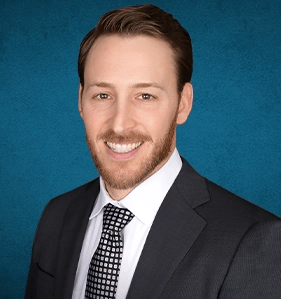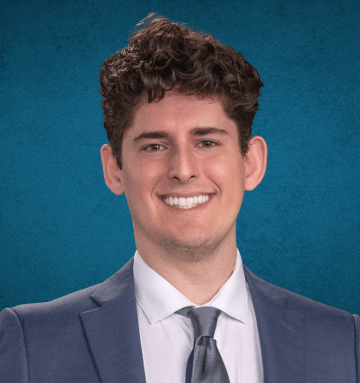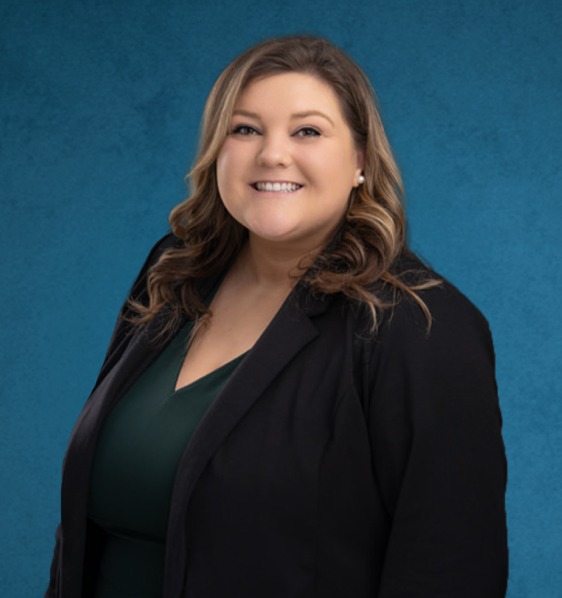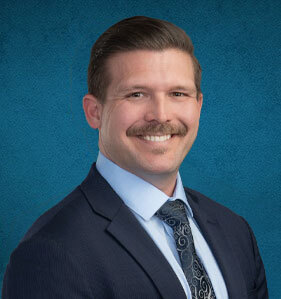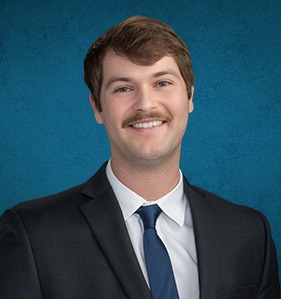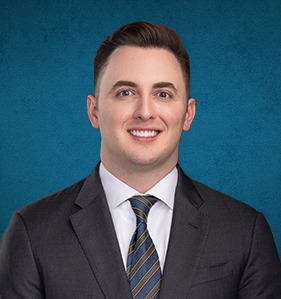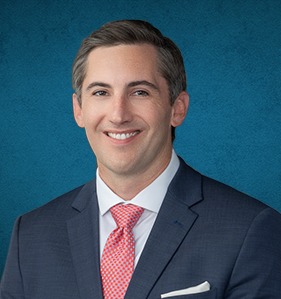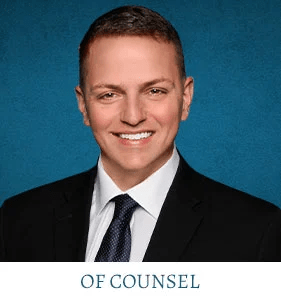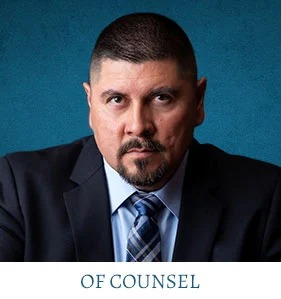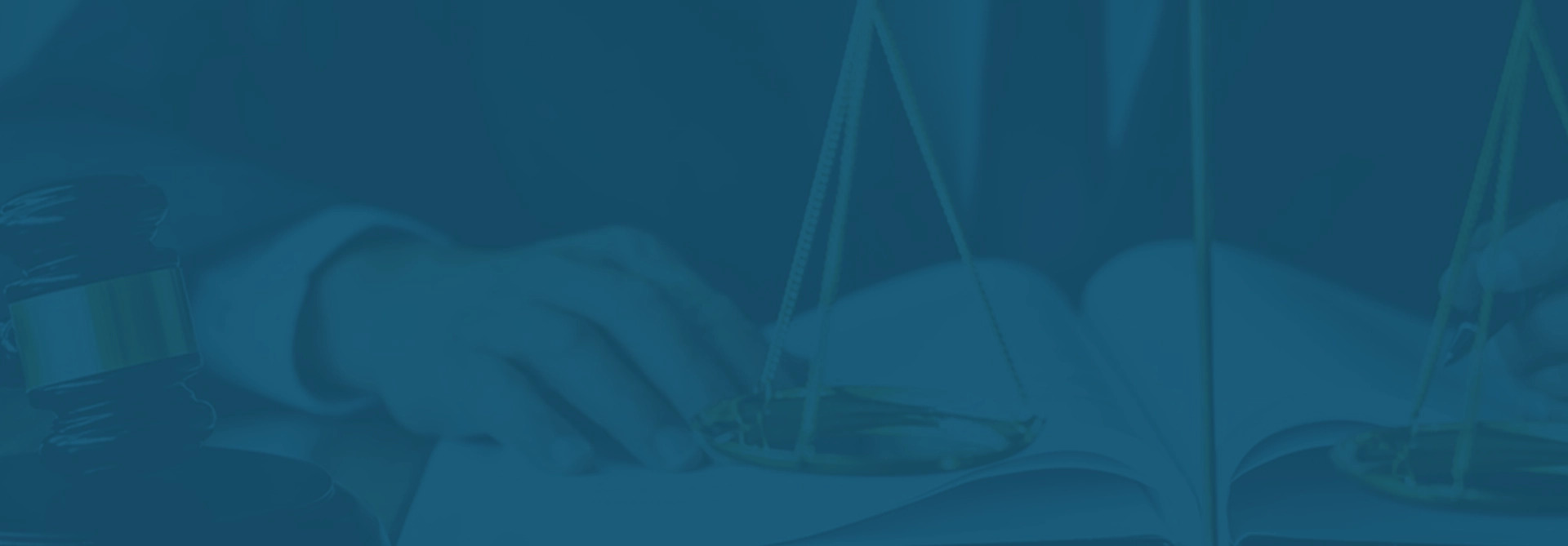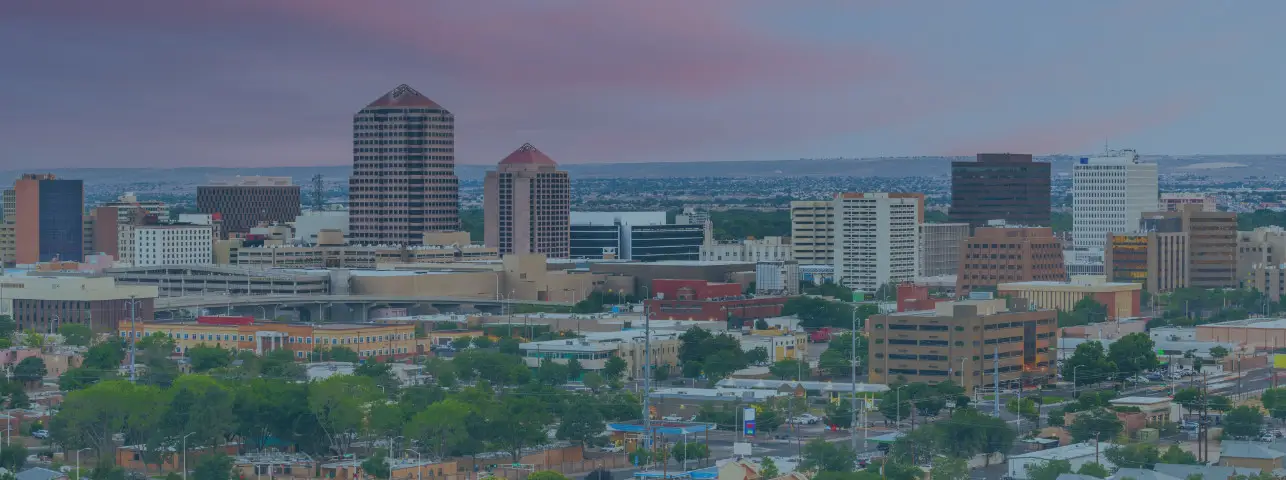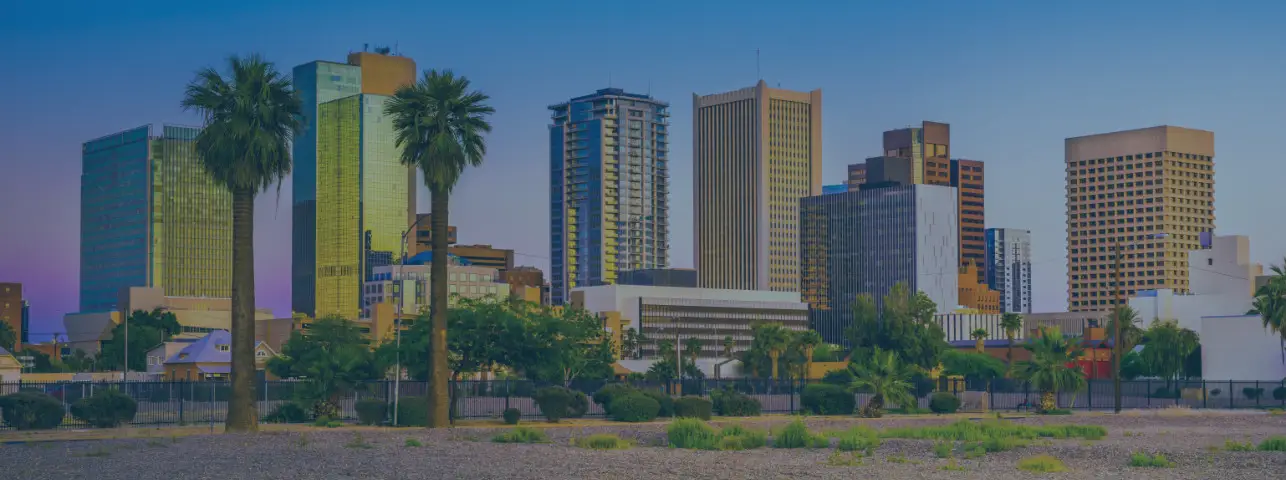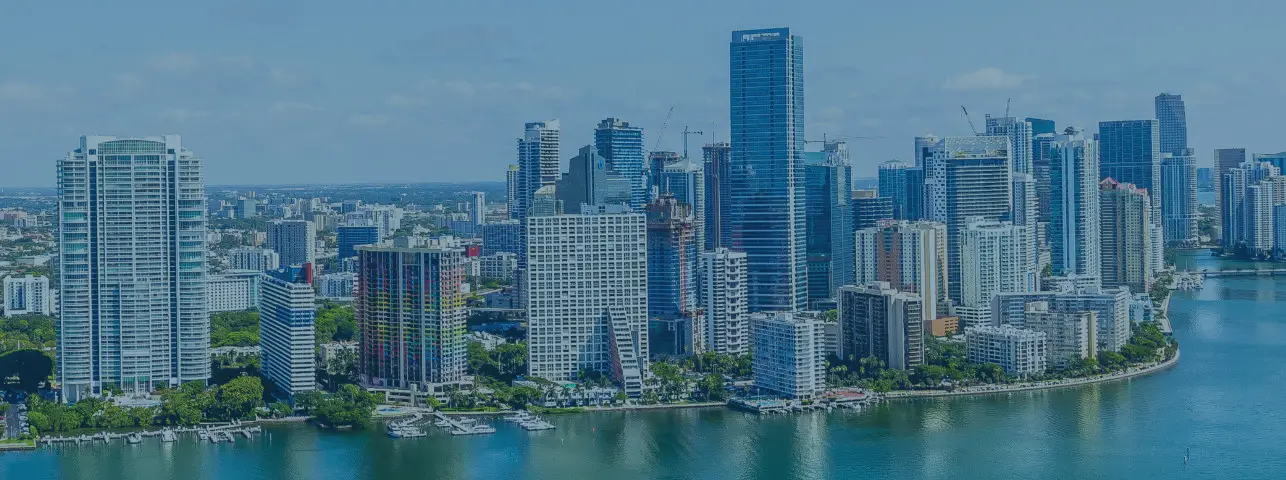Call (800) 863-5312 to Speak with Temple Personal Injury Lawyers for Free
If you have been injured in an accident, the Temple personal injury lawyers at Zinda Law Group can help. Many accidents are caused by the negligence of another person or company, and victims, through no fault of their own, are often left with injuries, medical bills, lost wages, pain and suffering and other consequences.
Know that you don’t have to take on the legal process, insurance companies, and negligent individuals alone. Our Temple accident attorneys have the knowledge and resources necessary to help you pursue maximum compensation for damages, and as one of our clients, you will pay nothing unless we win your case.
If your injury was caused by another person or entity’s negligence, then we can help. Let our experienced Temple injury attorneys help you navigate the legal process and handle everything for you while you focus on what is most important: your recovery.
You Could Be Entitled to Compensation
The most important part of a personal injury lawsuit is the compensation. Our Temple personal injury lawyers want to see to it you get the financial help you need to put your life back together after an accident.
You shouldn’t be left struggling with costly medical bills, lost income from missed work, or other damages. The amount of money you will receive depends on the complexity of the injury. One of our Temple injury attorneys can help you understand what to expect with your claim and the amount of compensation to seek in your case.
Be sure to file a claim before the deadline passes. If you wait longer than the statute of limitations in Texas, you may be barred from ever receiving compensation for your injuries. Typically, this will be two years from the date of the accident. Our attorneys can help you understand the relevant timelines for your case and ensure all the legal deadlines are met.
For a free legal consultation with a personal injury lawyer serving Temple, call 800-863-5312
Get Help from Experienced Temple Personal Injury Lawyers
The Temple personal injury lawyers at Zinda Law Group are dedicated to safeguarding your legal rights and helping you pursue maximum compensation for medical bills, property damage, lost income, pain and suffering, and much more.
Our Temple accident attorneys also operate on a contingency basis, which means if we don’t win your case, you won’t owe us a dime. Contact us and get the help you deserve today.
To get started, call Zinda Law Group at (800) 863-5312 to receive your free consultation with our Temple personal injury attorneys.
Call or text 800-863-5312 or complete a Free Case Evaluation form




